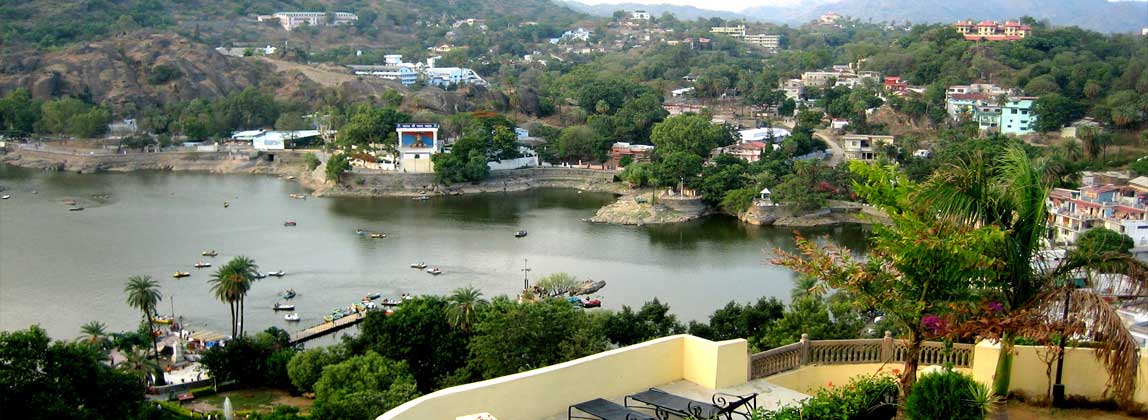


MOUNT ABU - A pleasant retreat set amidst the lush forested hills, Mt. Abu is a green oasis in the barren deserts cape. Situated at the southern tip of the Aravali range the hill retreat owes its cool climate to its rich flora covering the entire hillside that includes coniferous trees and flowering shrubs. The road leading to Mount Abu is a curved one characterized by arid region dotted with huge rocks in weird shapes. The only hill station in Rajasthan, Mount Abu is more than just a summer retreat. Its stunning array of exquisite Dilwara Jain Temples, dating back to 11th- 13th centuries, makes it a popular pilgrimage centre. Abu according to a legend stands for the son of Himalaya, deriving its name from Arbuada, the powerful serpent who rescued Nandi, the sacred bull of Lord Shiva, from a chasm.
It is one of the many beautiful medieval monuments that can be found in the picturesque Mount Abu. It was commissioned by Rana Kumbha, the esteemed designer who was responsible for many huge fortresses in Rajasthan. Achalgarh is just 8 Kilometers from the main Mount Abu. The fortress AchalGarh is surrounded by massive battlement walls. A 10 minute climb from Achalgarh brings you to the beautiful and historic Jain Temples. These temples are a must visit for more great views and the beautiful sculpture.
The Jain Dilwara temples of India are located about 2½ kilometers from Mount Abu, Rajasthan's only hill station. These temples built by Chalukya between the 11th and 13th centuries AD are world famous for their stunning use of marble. The five legendary marble temples of Dilwara are a sacred pilgrimage place of the Jains. The marble temples have an opulent entranceway, the simplicity in architecture reflecting Jain values like honesty and frugality. The temples are in the midst of a range of forested hills. A high wall shrouds the temple complex.
Dedicated to Lord Rama, this temple is centered on a spring gushing from the mouth of a marble cow. This temple is built on the spot where sage Vashishta is said to have performed his Agnikul yagna. There is also a tank - the Agni Kund. The Agni Kund is believed to be the site of a sacrificial fire which Saint Vashishth used to perform the yagni from which the four clans were born.
Situated 15 kms away from the town, it is the highest peak of this hill station. 1722 mts above sea level, it allows a bird's eye view of the idyllic surroundings of Mt. Abu. A small shaivite shrine and an ancient temple of Dattatreya at the summit are worth to watch. There is a huge brass bell outside the shrine, which overlooks the lush greenery of Mount Abu.
At the heart of Mount Abu, is the shimmering blue Nakki Lake. According to legend, the gods scraped this lake out of the ground using just their fingernails. This charming attraction is a popular picnic spot and provides a variety of boats for traversing the lake. Early mornings provide the best views of the surrounding hills and also an opportunity to spot some exotic birds by the shoreline.
South West of the Nakki Lake steps lead up high terrace which offers an amazing view of the Sun gradually drowning itself between two mountain peaks. The view of the lush plains is breathtaking. Visit to Mount Abu would be a memorable one when you would sit in the Lap of Nature on top of the mountain experiencing an evening full of magic with the natural beauty sunset.